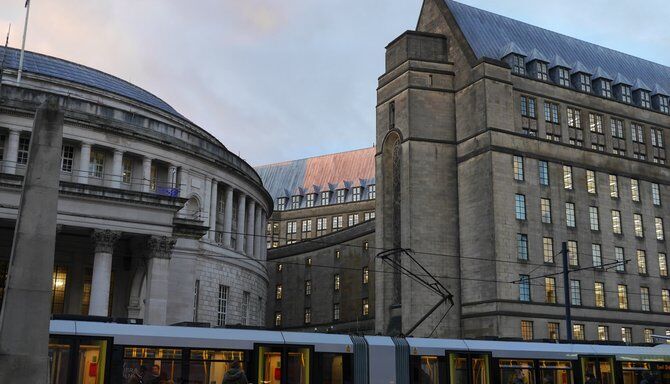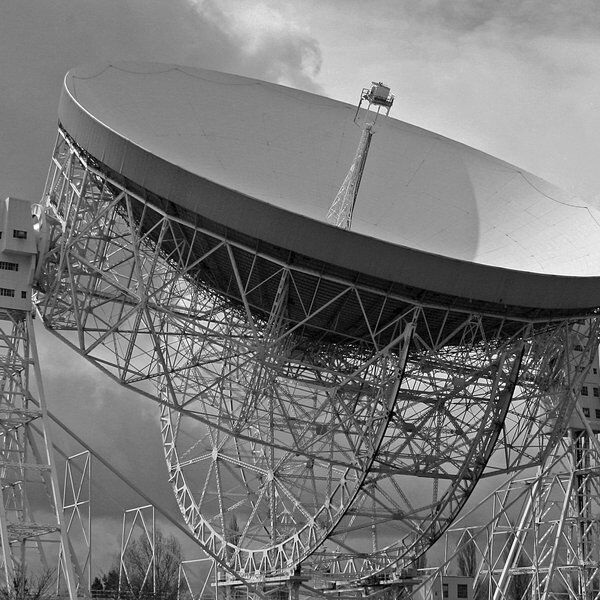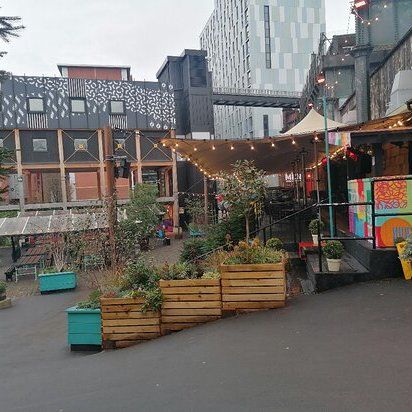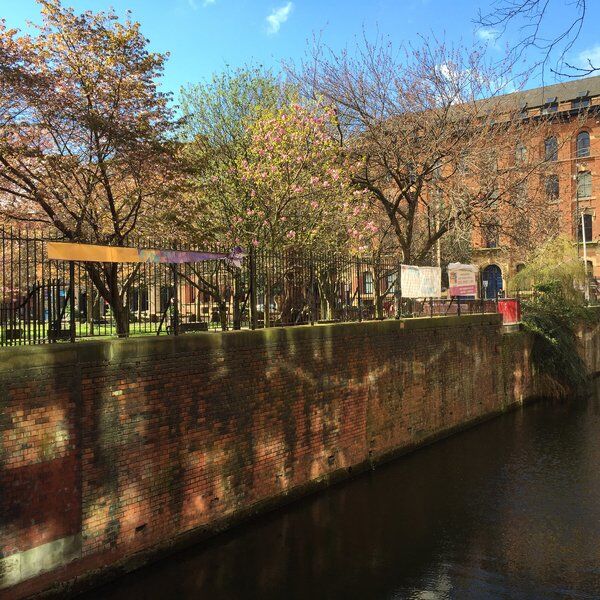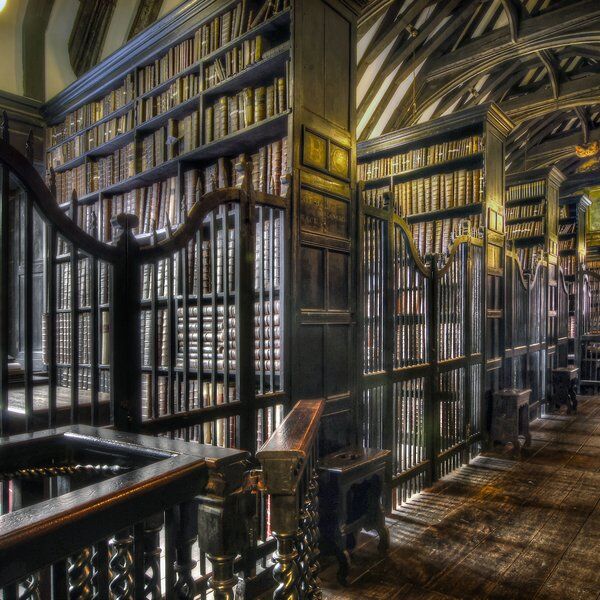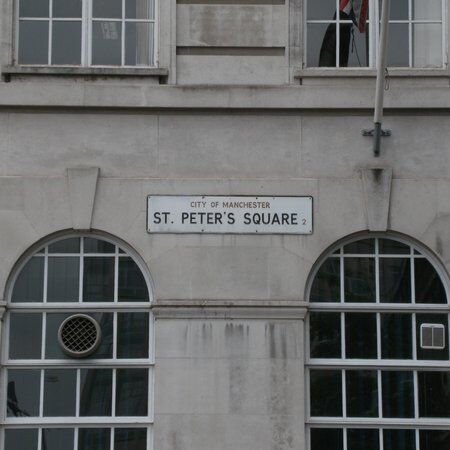
Discover St Peter's Square
Bounded by Princess Street to the north and Peter Street to the south, St Peter's Square lies at the heart of Manchester's city centre. It acts as a public square and features many important cultural landmarks, such as the magnificent Manchester Central Library. Throughout history St Peter's Square has also witnessed many historical events, which have shaped Manchester's social and political landscape.
In recent years, the Square was rejuvenated by a development project carried out from 2010 to 2017. The intention was to revive the square’s surroundings, restoring the Central Library and relocating the Manchester Cenotaph to the rear of Manchester Town Hall, while maintaining its historical significance. The square now has modern amenities, including the St Peter's Square Metrolink tram stop, making it easily accessible for the public.
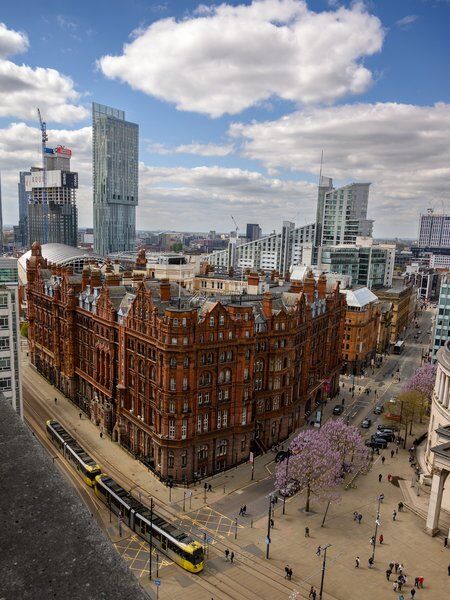
Exploring the History of St Peter’s Square
As one of Manchester's oldest public squares, St Peter's Square, formerly known as St Peter's Field, has witnessed the city grow and transform through the industrial revolution into the built-up metropolis it is today.
The Peterloo Massacre
Dating back to the 18th century, the area was once an open field until the construction of St Peter's Church in 1788. However, it wasn’t until August 16, 1819, when the square gained notoriety as the site of the infamous Peterloo Massacre.
Before the massacre, a gathering of 60,000 pro-democracy reformers were protesting the lack of representation in the House of Commons. However, the peaceful assembly turned violent when troops were ordered to disperse the crowd, resulting in the death of 11 people and the injury of many more.
This tragic event, dubbed the Peterloo Massacre, was a catalysing event in British history and the fight for workers' rights and democracy. Today, the square remains a site for commemoration with annual Remembrance Day ceremonies.
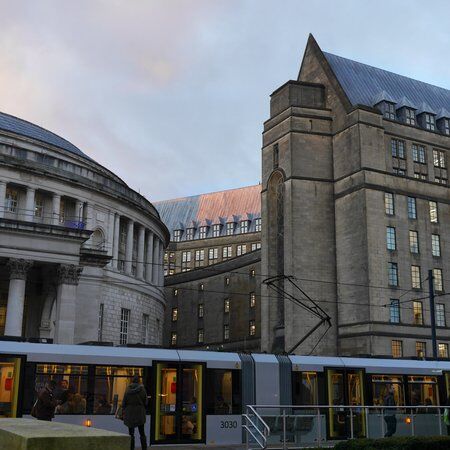
Evolution and Development of St Peter’s Square
Over time, St Peter's Square underwent significant changes and redevelopment. In the 19th century, as the area assumed a more commercial character, the population declined, leading to the demolition of St Peter's Church in 1907. The creation of the square followed, a memorial cross was erected to honour the fallen and prominent buildings were constructed, including the Central Library in 1934 and the Town Hall Extension in 1938.
More recent redevelopment occurred when English Heritage and Manchester City Council approved plans for a £20 million revamp of St Peter's Square. This redevelopment included the expansion of the Metrolink stop to four platforms, alongside the construction of the One and Two St Peter's Square buildings and the refurbishment of the adjacent Manchester Central Library.
The construction process unearthed archaeological treasures, such as the former crypt of the long-demolished St. Peter's Church, marked by an outline in the square's paving. However, despite this positive aspect the project was met with public debate. People were angered by the use of public funds, moving the Cenotaph, and closing Library Walk to the public.

Landmarks and Attractions at St Peter’s Square
Manchester Central Library
The Manchester Central Library building is an architectural masterpiece designed by E. Vincent Harris and officially opened in 1934 by King George V. Harris' vision of Roman-inspired grandeur echoes throughout the building, earning comparisons to Emperor Hadrian's Pantheon in Rome.
The library's inauguration marked a pivotal moment for the city, providing its inhabitants with "magnificent opportunities for further education and for the pleasant use of leisure," as proclaimed by King George V himself.
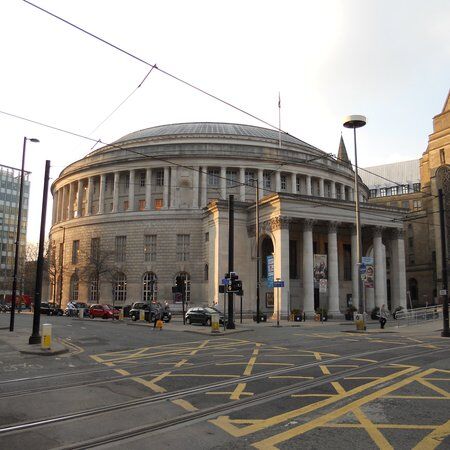
Manchester Town Hall
Adjacent to the library stands the striking Victorian Manchester Town Hall, with its imposing clock tower, ornate sculptures, and intricate carvings. For a chance to explore the history of the building, guided tours take visitors on a journey through its council chambers and ceremonial rooms.
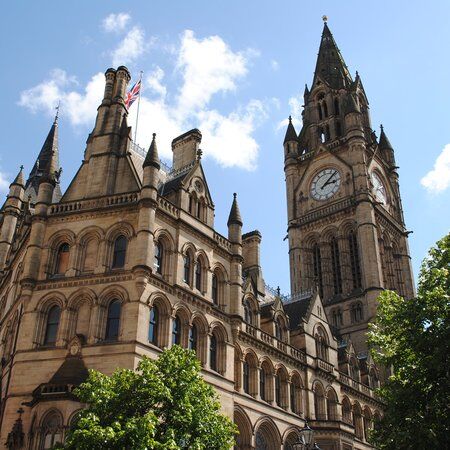
Metrolink Tram System
In the 20th century, St Peter's Square witnessed further redevelopment, particularly with the introduction of the Metrolink tram system. Officially opened in 1992, the tram station in the centre of the square facilitated transportation and connectivity within Manchester.
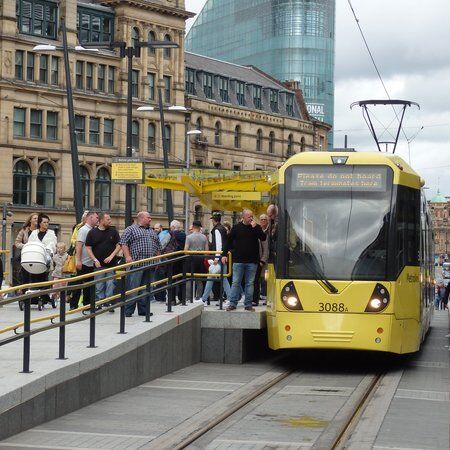
Elizabeth House
The east side of the square is dominated by Elizabeth House, a concrete and glass structure completed in 1960. Originally intended to be clad in stone, the building's design was altered due to financial constraints. However, plans for a major redevelopment have been in the works, signalling a potential transformation for this iconic landmark.
Midland Hotel
At the south end of the square stands the Midland Hotel, a historic railway hotel. Designed by Charles Trubshaw and completed in 1898, the Midland Hotel served as a counterpart to its London counterpart, the St. Pancras Hotel.
Despite the closure of Central Station in 1963, the hotel's grandeur has endured. Following a £15 million refurbishment, the Midland Hotel is now luxurious and sophisticated, making it a leading destination for those travellers unconstrained by budgets.
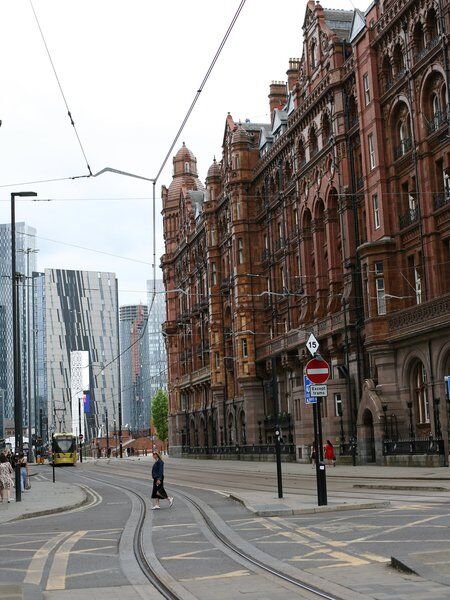
The Cenotaph
In the centre of St Peter's Square lies the Cenotaph, a solemn memorial designed by Edwin Lutyens to commemorate the fallen soldiers of Manchester. Built of Portland stone, the Cenotaph is a poignant reminder of the sacrifices made in times of conflict.
In 2014, the Cenotaph was relocated to a new plaza near the Town Hall, where it continues to stand as a symbol of remembrance and reverence.
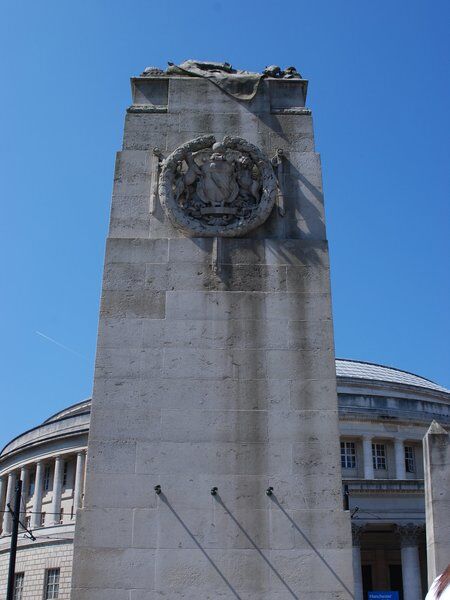
Other Memorials and Nearby Attractions
Nearby, visitors can explore additional memorials dedicated to fallen comrades, including tributes to those who served in the Korean War and other conflicts since 1945. And a Portland stone cross, erected by L. C. Howitt commemorates the site where St. Peter's Church once stood.
A significant addition to St Peter's Square's landscape came in December 2018 with the unveiling of "Rise up, Women," a statue honouring suffragette leader Emmeline Pankhurst and the 100-year anniversary of women gaining the right to vote in UK general elections.
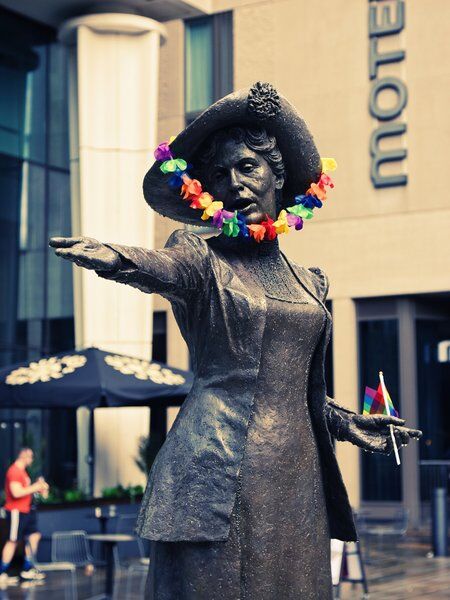
Beyond its historical landmarks, St Peter's Square offers easy access to a variety of attractions, including the Palace Theatre, the Manchester Art Gallery, HOME arts venue, and Manchester Opera House. There are also delicious nearby dining options such as Peter Street Kitchen and Lucky Cat Manchester, e shopping destinations like Manchester Arndale and Selfridges are the perfect places for a little retail therapy.
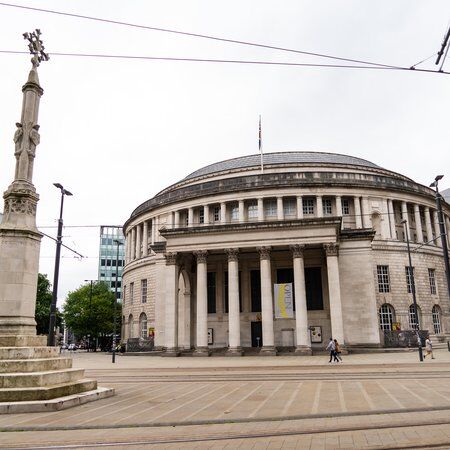
Interested in finding more places like this? Try one of our CityDays Manchester Treasure Hunts - untangle cryptic clues as a team, as you are taken on a journey to the most unique, unusual and bizarre corners of Manchester.
